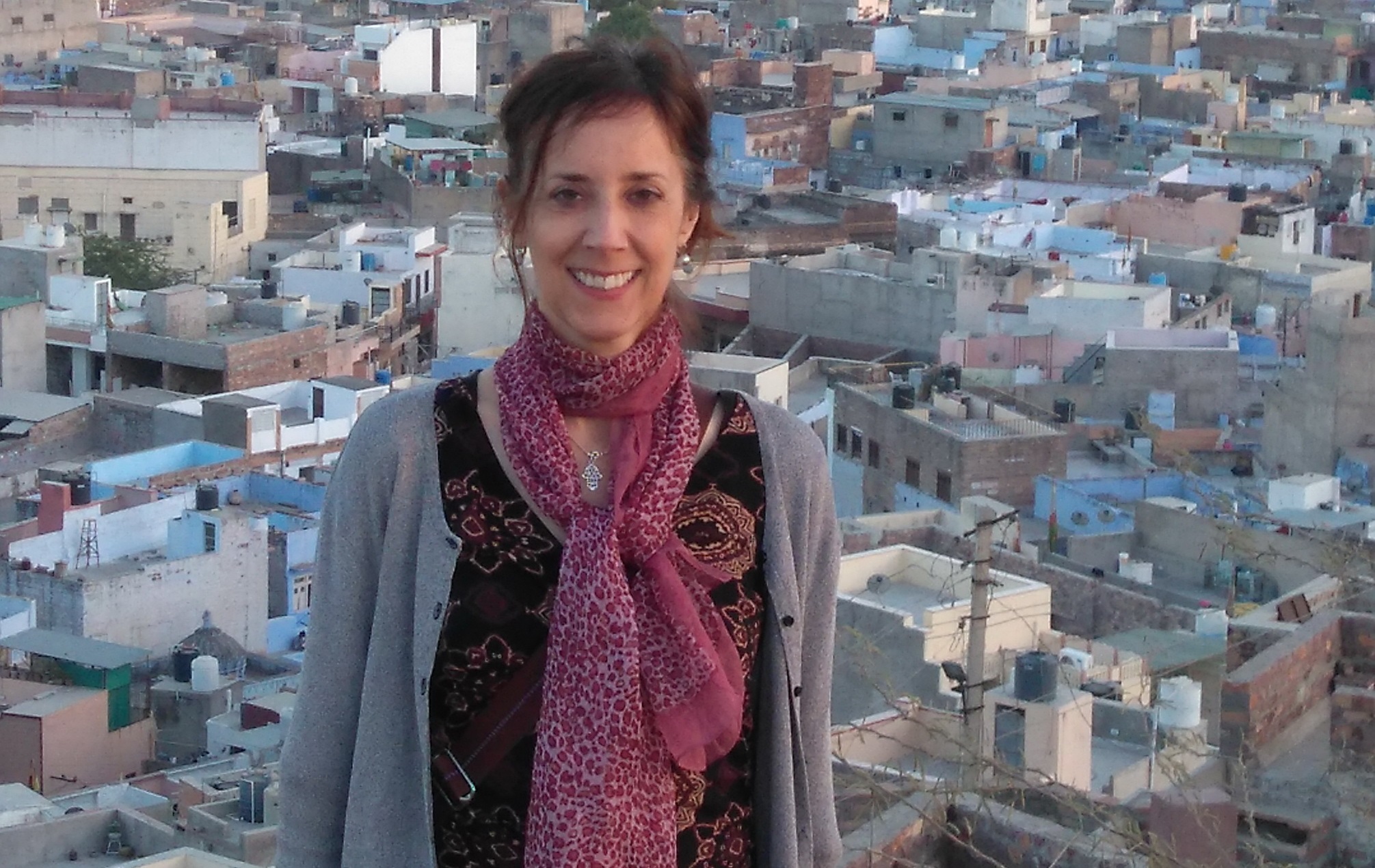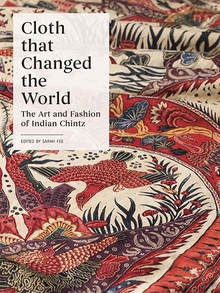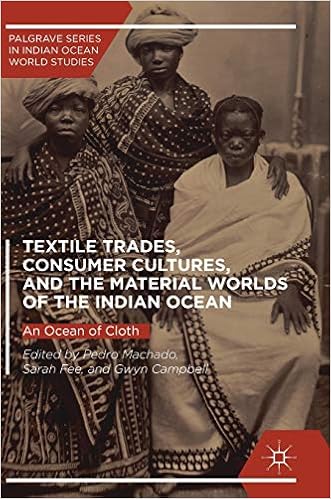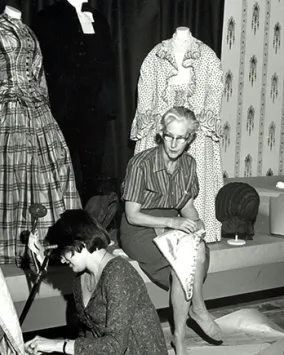Bio
B.A. Anthropology, Grinnell College, USA
MSt (Distinction) Anthropology, University of Oxford, UK
PhD (Prix de thèse) African Studies, Institut National des Langues et Civilisations Orientales (INALCO), Paris, France
Dr. Sarah Fee joined the ROM in April, 2009. She is responsible for the museum’s renowned collection of ca. 15,000 textiles and fashion that come from greater Asia and Africa, as well as eastern Europe.
Sarah's fascination with textile making and dress first grew during four years of doctoral field research in southern Madagascar, where she learned to spin, dye and weave. In addition to Madagascar, her multi-disciplinary research focuses on the textile and dress traditions of the wider western Indian Ocean world, which embraces southern Arabia, eastern Africa and western India. She has edited and written for numerous books, journals and catalogues, including Objects as Envoys: the Textile Arts of Madagascar (2002), Textile Trades, Cultures of Cloth, and Material Worlds of the Indian Ocean (2018), “The Translocal Textile Trades of Eastern Africa,” a special volume of Textile History (2017), and Cloth that Changed the World: The Art and Fashion of Indian Chintz (2020).
Thematic interests include woven and printed textiles, textile trades, cross-cultural appropriations of cloth and dress, ceremonial exchange, spinning and dye technologies, the history of museum textile collecting. Her research has been supported by grants from the Smithsonian Institution, The Wenner Gren Foundation, The Pasold Fund, and the Social Science and Research Council of Canada (SSHRC).
Sarah’s recent exhibition projects include “Cloth that Changed the World: India’s Painted and Printed Cottons, “Born of the Indian Ocean: The Silks of Madagascar, and BIG. Before joining the ROM, she guest-curated Gifts & Blessings, the Textile Arts of Madagascar” (NMAfA, Smithsonian Institution) and co-founded the Tandroy Ethnographic Museum (Berenty, Madagascar).
Dr. Fee is cross-appointed to the Art Department, University of Toronto. She is a Chercheuse Affiliée at the Musée du Quai Branly (Paris), a Research Associate at the Indian Ocean World Centre (McGill University), a Senior Fellow of Massey College, and currently serves on the editorial board of the Textile Museum Journal.
Galleries & Exhibitions
Publications
- 2020‘Cotton, Colour and Desire: Indian Chintz,’ in Sarah Fee ed., Cloth That Changed the World: The Art and Fashion of Indian Chintz, ROM Publications & Yale University Press.
- 2020‘The Flowering Family Tree of Indian Chintz, in Sarah Fee ed., Cloth that Changed the World: The Arts, Science and Fashion of Indian Chintz, ROM Publications & Yale University Press.
- 2020‘Cloth that Changed the World’, Hali Magazine, Issue 203.
- 2020‘The King’s New Clothing: Re-Dressing the Body Politic in Madagascar, c. 1815-1861’, in Beverly Lemire and Giorgio Riello, eds., Dressing Global Bodies: The Politics of Fashion in World History, Routledge.
- 2019‘Filling Hearts With Joy: Handcrafted “Indian textile” Exports to Central Eastern Africa in the Nineteenth Century’, in Edward Alpers and Chhaya Goswami, eds., Trans-regional Trade and Traders: Situating Gujarat in the Indian Ocean from Early Times to c. 1900, Oxford University Press.
- 2019‘Colourful Collecting: “Indian Chintz” at the Royal Ontario Museum’. Textiles Asia, Volume 11, Issue 2, pp. 3-16.
- 2018‘The Dearest Thing on the East African Coast: Muscat cloth in East Central Africa’, in Pedro Machado, Sarah Fee, and Gwyn Campbell eds. An Ocean of Cloth: Textile Trades, Consumer Cultures and the Textile Worlds of the Indian Ocean. Palgrave Macmillan, pp. 209-252.
- 2018‘La Parure à Madagascar', in Madagascar, Arts de la Grande Ile. Aurélien Gaborit, ed. Paris: Actes Sud, pp. 182-189.
- 2017‘Entangled Histories: an Introduction to The Trans-Local Textile Trades of Eastern Africa’ (with Pedro Machado), Textile History, 48(1):4-14, a special volume on ‘The Trans-Local Textile Trades of Eastern Africa’.
- 2017‘Cloth with Names”’: Luxury Textile Imports in Eastern Africa, ca. 1800-1885’, Textile History, 48 (1):49-84.
- 2016‘British Scarlet Broadcloth: the Perfect Red in Eastern Africa, c. 1820-1900’, in Jonathan Faiers and Mary Westerman Bulgarellea, eds., Colors in Fashion. London: Bloomsbury, pp. 187-198.2013a ‘Materiality and Fashion.’ In Helen Thomas, Regina Root, Sandy Black, Amy de la Haye, Joanne Entwhistle and Agnes Rocamora, eds. The Fashion Studies Handbook. London: Bloomsbury, pp. 301-324.
- 2015‘Before There Was Pinterest: Textile Study Rooms in North America’. Proceedings of the Textile Society of America 15th Annual Bi-annual Symposium ‘New Directions’. Nebraska Digital Commons.
- 2015‘A Forgotten “Hybrid” Art: the Carved Bed Panels of Nineteenth-Century Imerina’. Tsingy (Revue du Centre d’Histoire de l’Université de la Réunion) 17:67-78 [Noël J. Gueunier second author].
- 2015‘Rug collecting at the Royal Ontario Museum: A tale of fits and starts.’ In Natalia Nekrassova, ed., From Ashgabat to Istanbul: Oriental Rugs from Canadian Collections. Toronto: Textile Museum of Canada, pp. 136-145.
- 2014‘By Design: Imperial Chinese Dress’. Orientations [John Vollmer with Sarah Fee] 45(4):108-116.
- 2013‘Hostage to Cloth: European Explorers in East Africa, 1850-1890.’ Proceedings of the Textile Society of America 13th Bi-annual Symposium, ‘Textiles and Politics’, Washington, D.C., 2012. Nebraska Digital Commons.
- 2013‘The Shape of Fashion: the Historic Silk Brocades (akotifahana) of Highland Madagascar.’ African Arts Autumn, 46(3):26-39.
- 2012‘Historic Handweaving in Highlands Madagascar: New Insights From a Vernacular Text Attributed to a Royal Diviner Healer, c. 1870.’ Textile History 43(1): 62-84.
- 2011‘The Political Economy of an Art Form: the Akotifahana Cloth of Madagascar and Trade Networks in the Southwest Indian Ocean’, in Walter Little and Patricia Macaulney, eds., Textile Economies. Power and Value from the Local to the Transnational. Lanham: Altamira Press, pp. 77-100.
- 2011‘Not For Art’s Sake: An Early Exhibition of Pre-Columbiana at The Toledo Museum of Art, 1928-29.’ Museum Anthropology, Spring 34(1): 13-27.
- 2011‘Futa Benadir: A Somali Tradition Within the Folds of the Western Indian Ocean’, in Susan Cooksey ed., Africa Interweave. Textile Diasporas. Gainseville: University of Florida Harn Art Museum, pp. 120-127.
- 2009‘Recipes From the Past: Highland Textile Dyes in Nineteenth-century Merina sources' (with Bako Rasoarifetra), Etudes Océan Indien, 42-43:143-174.








